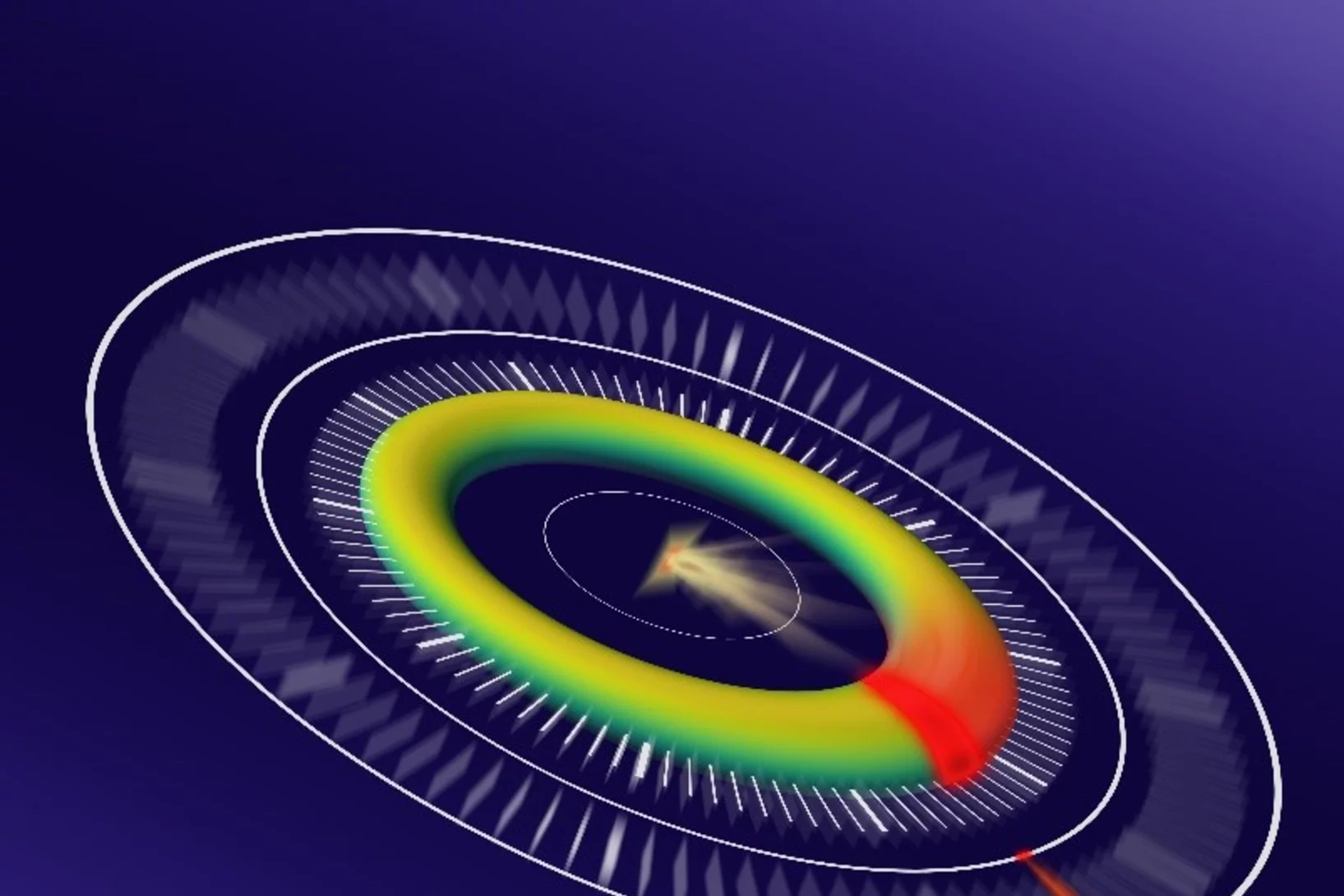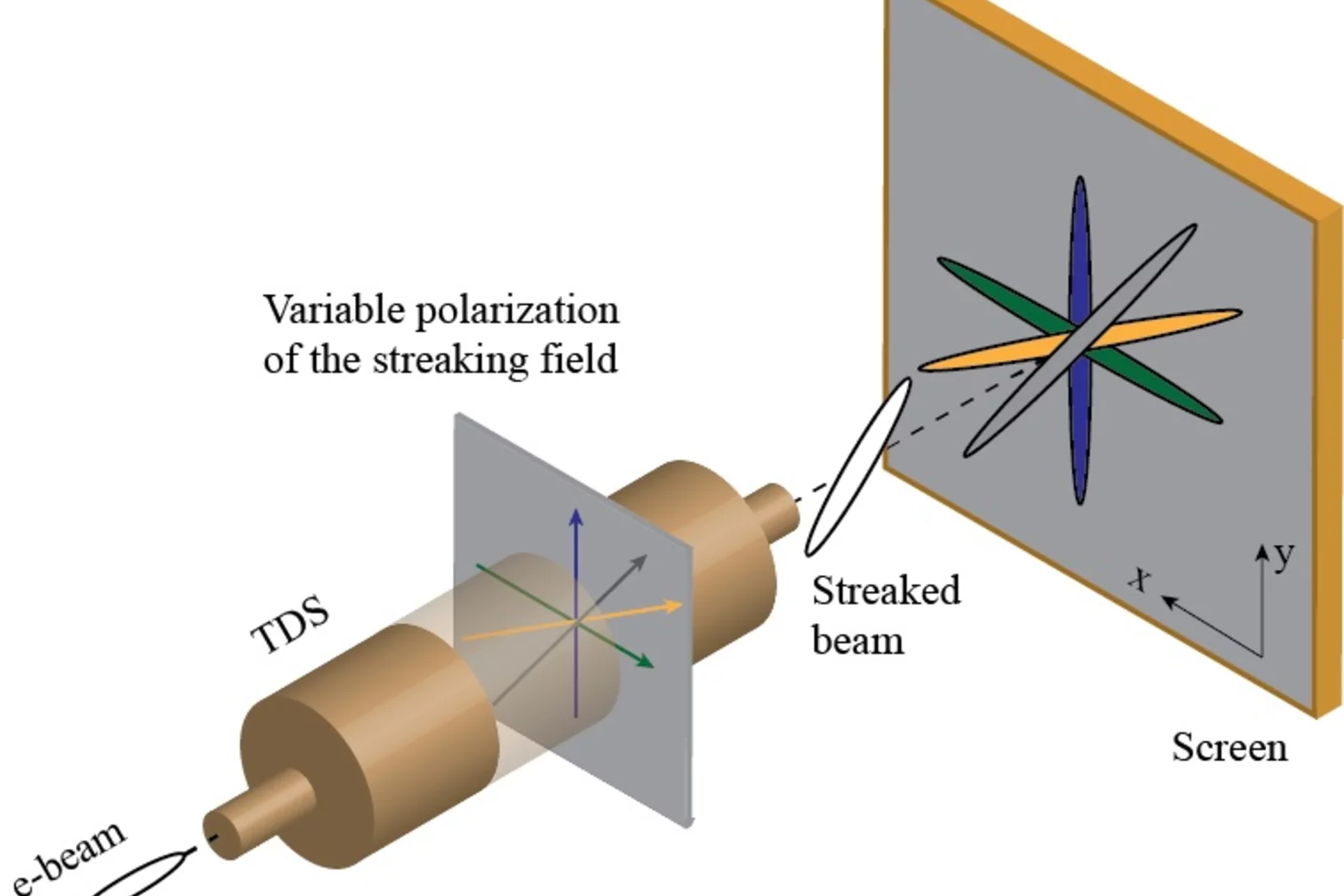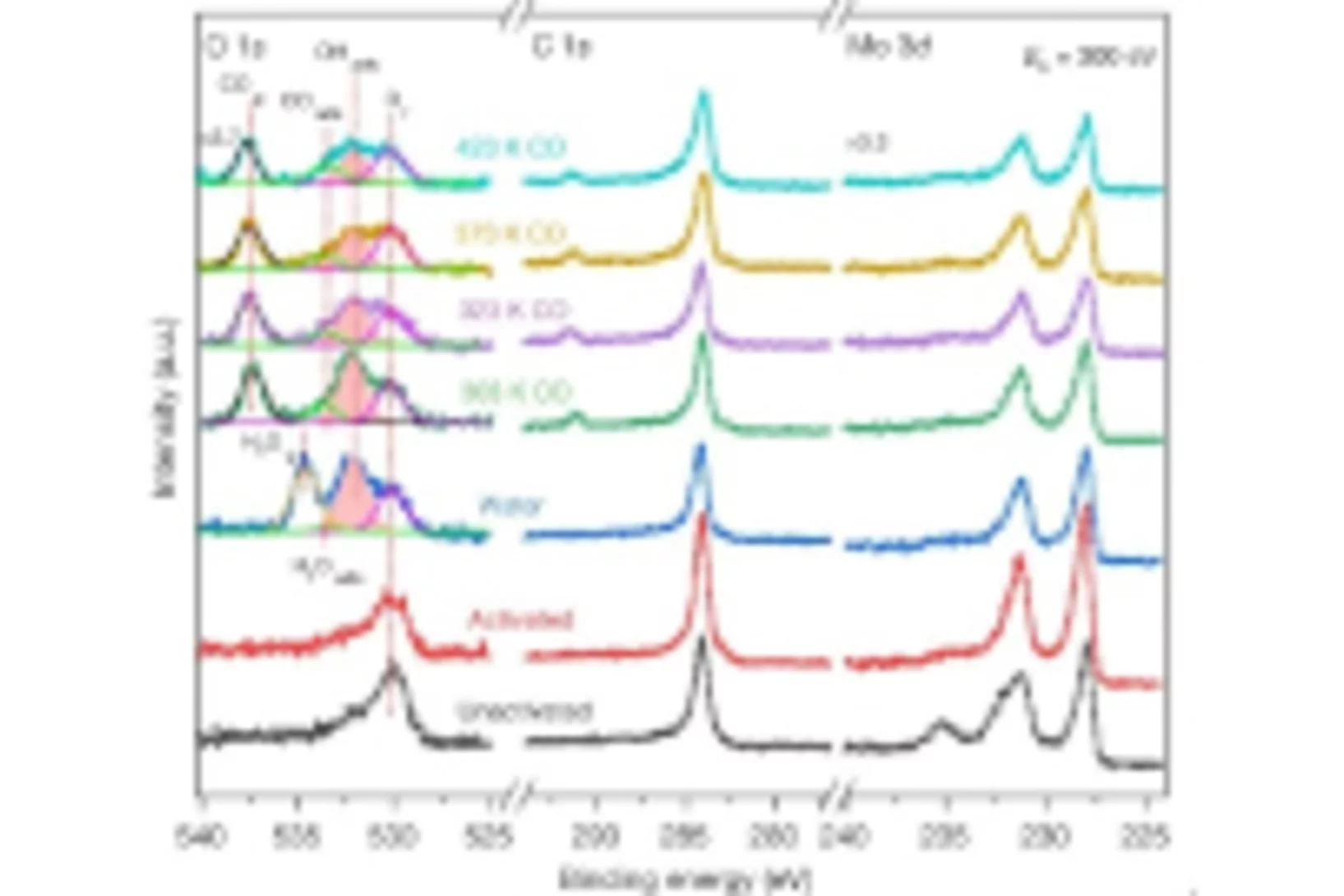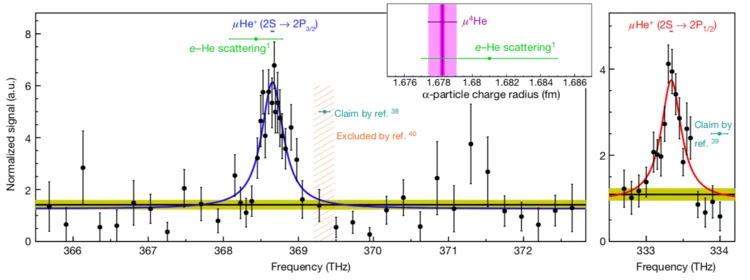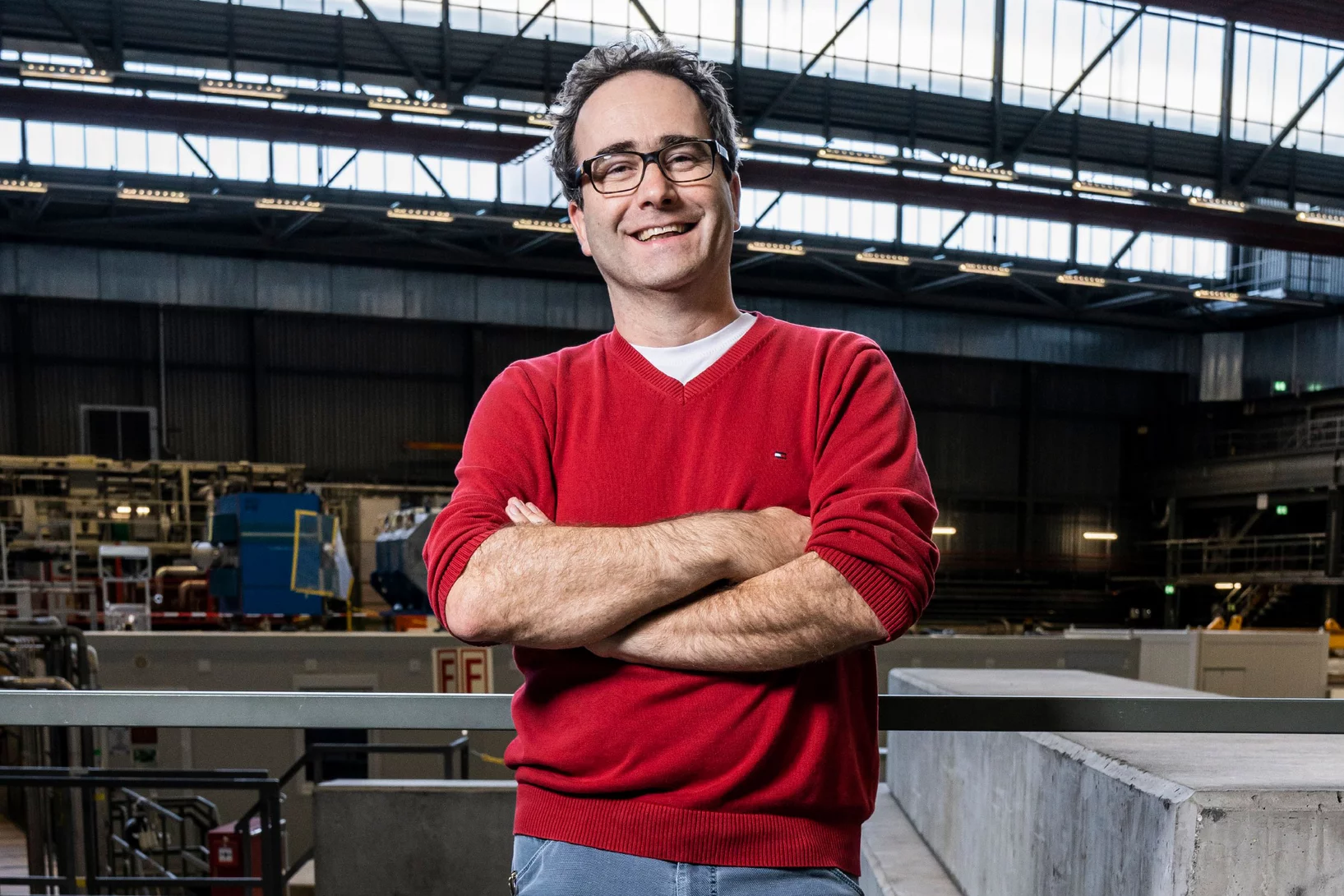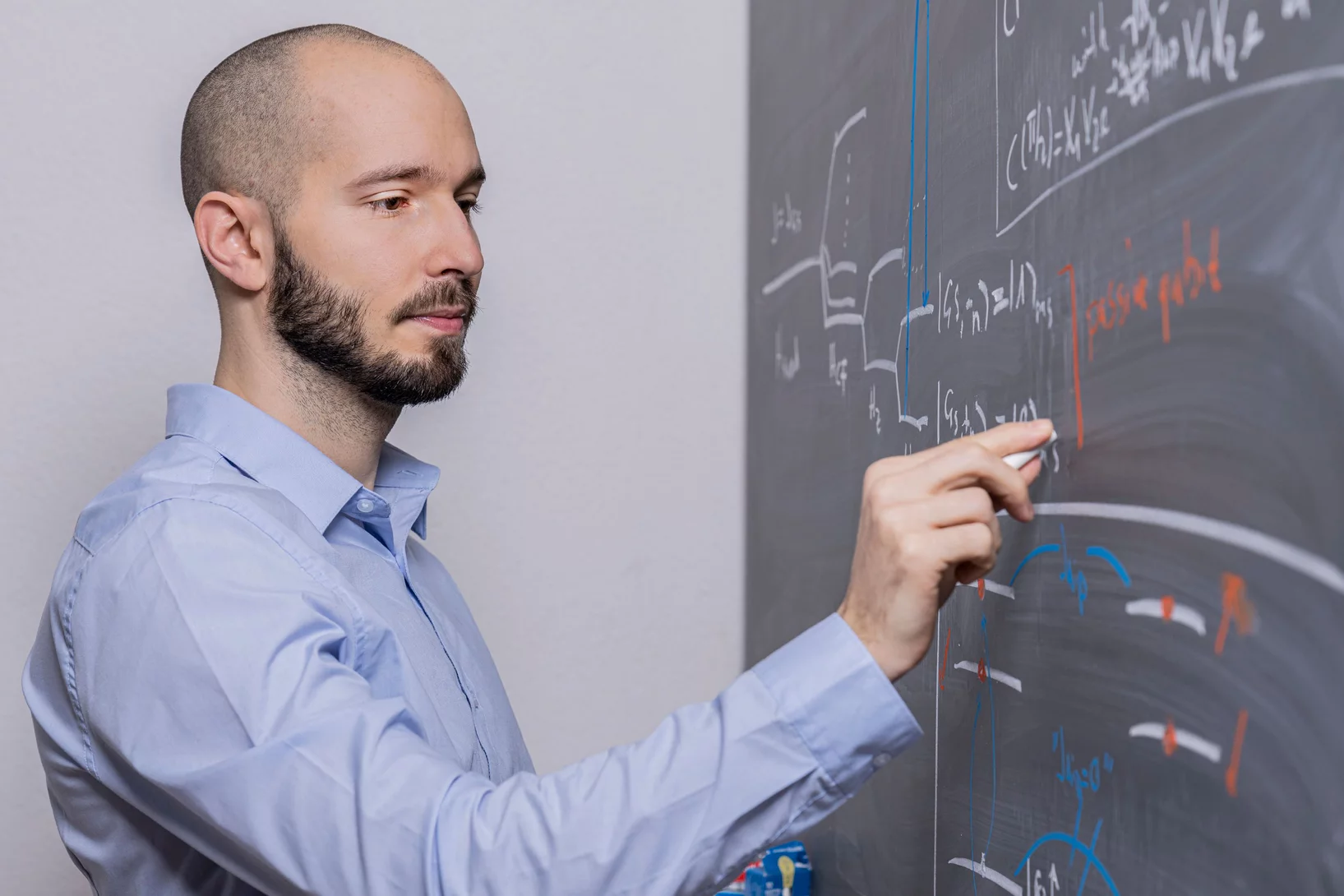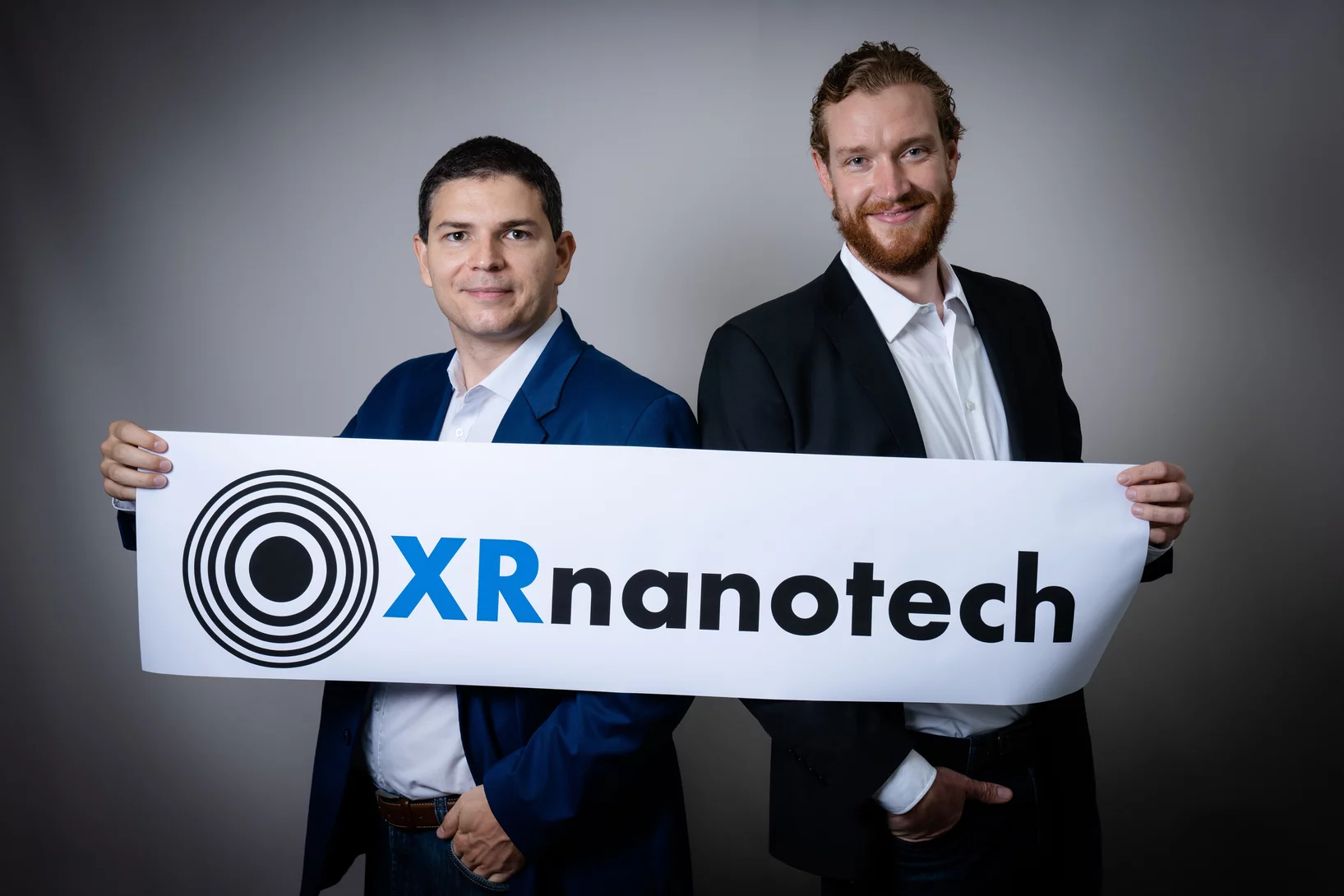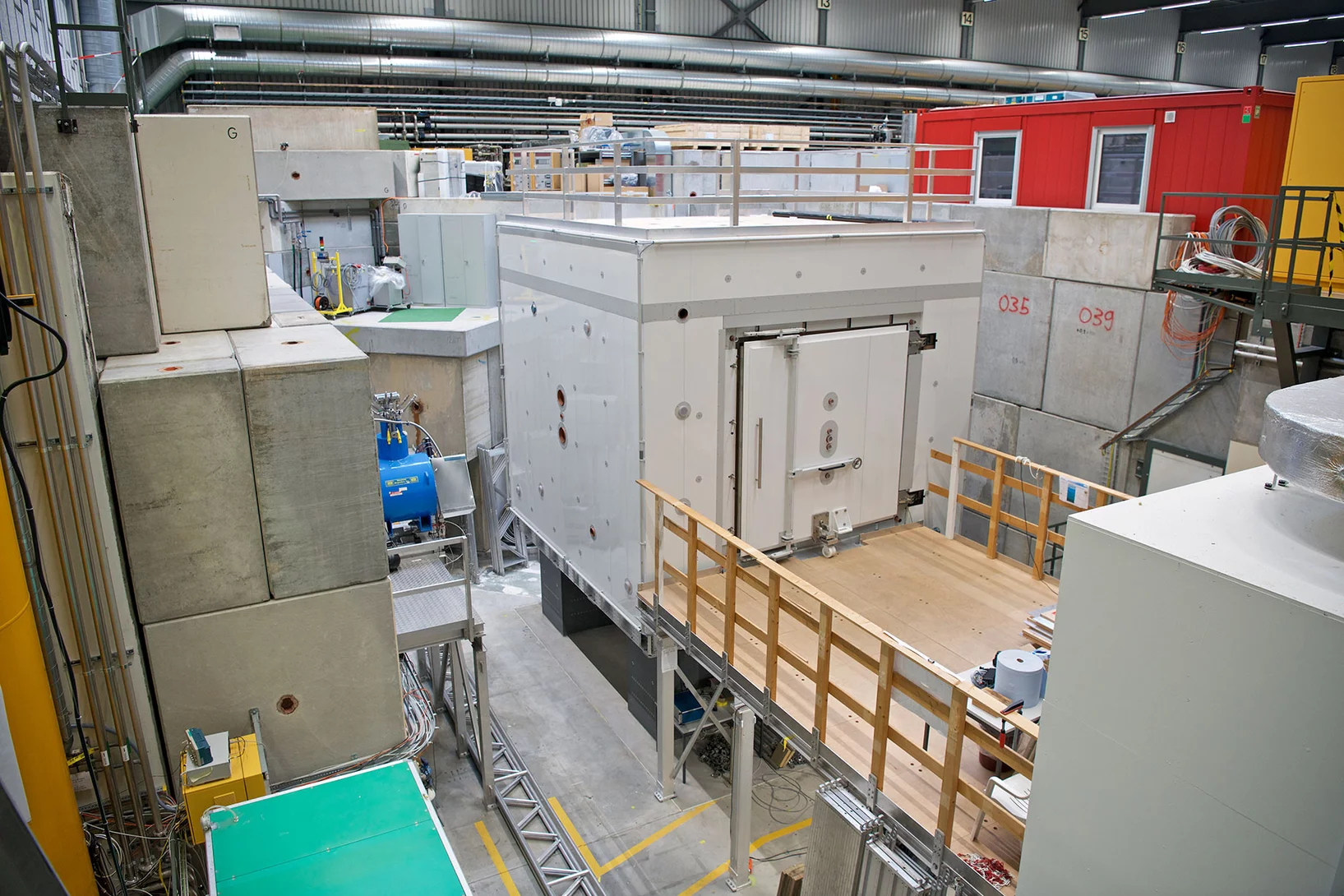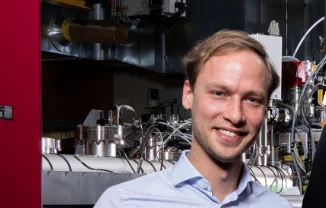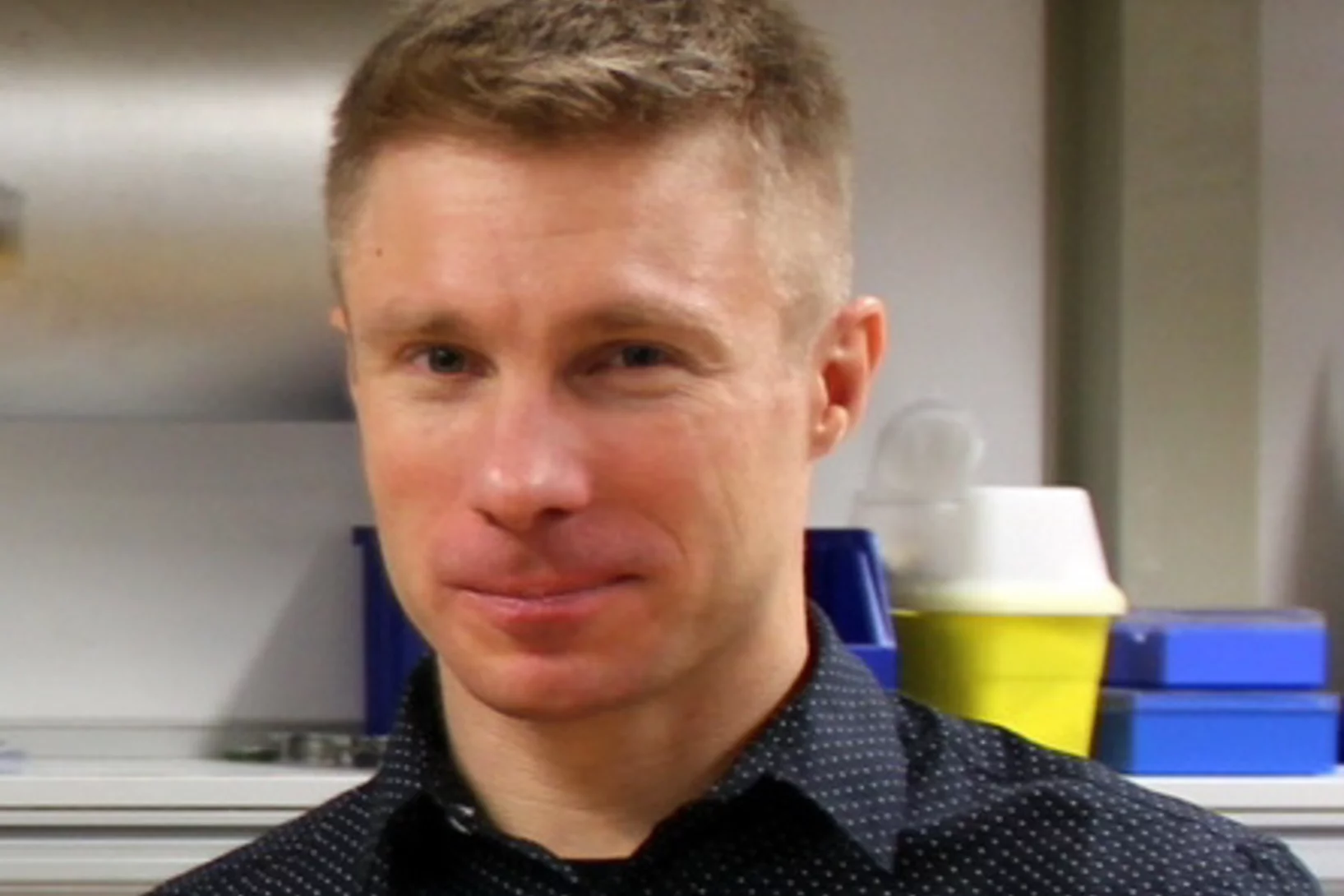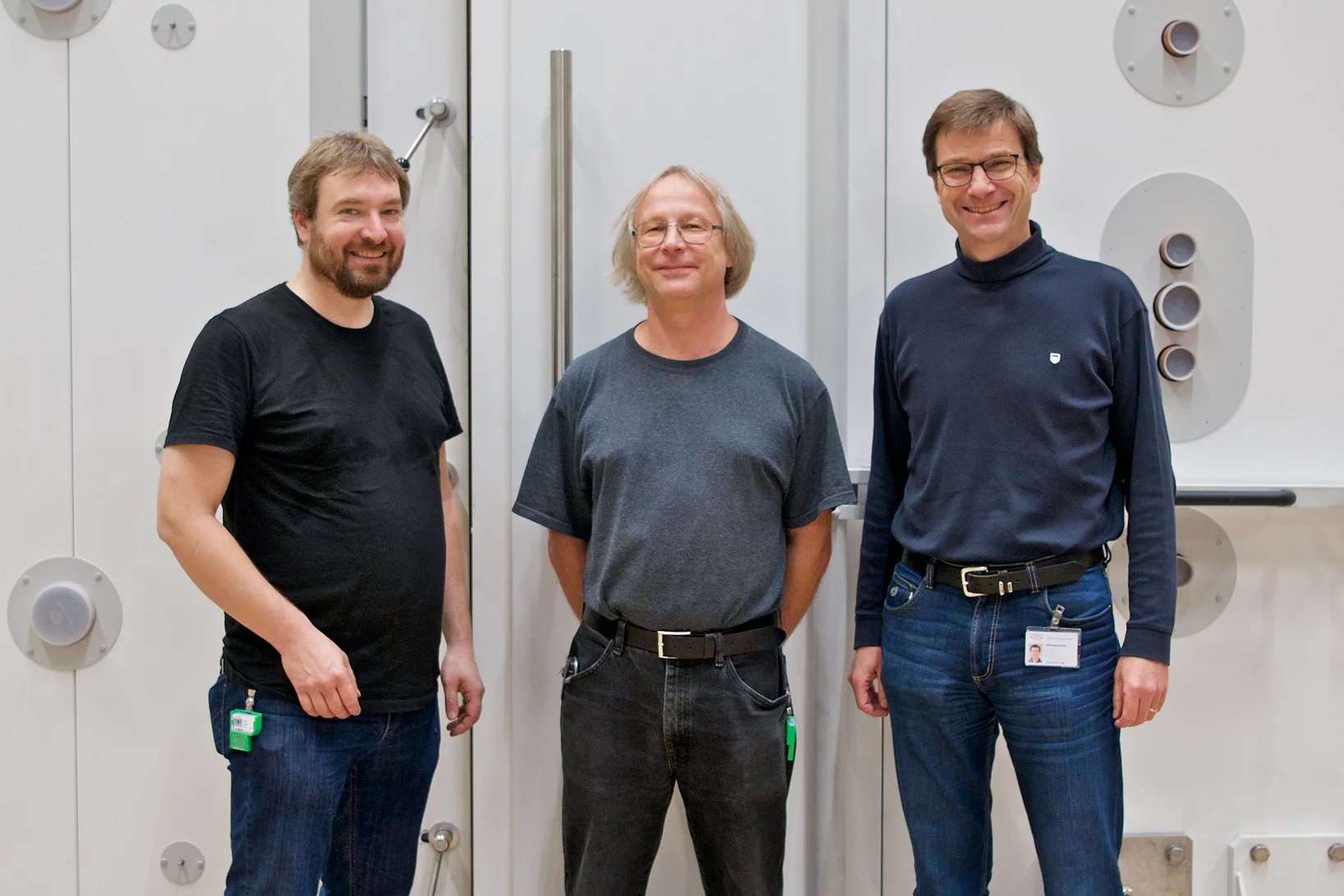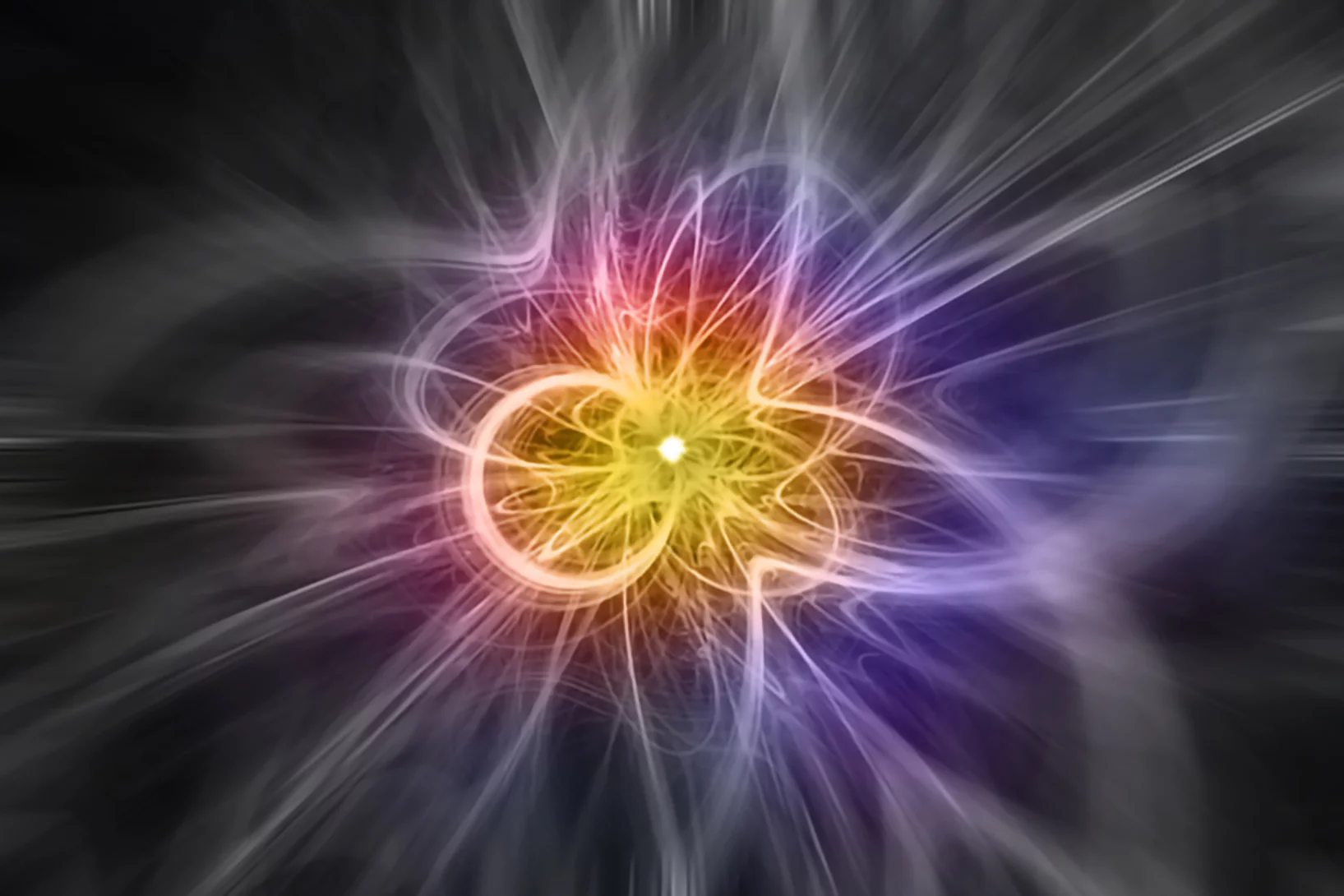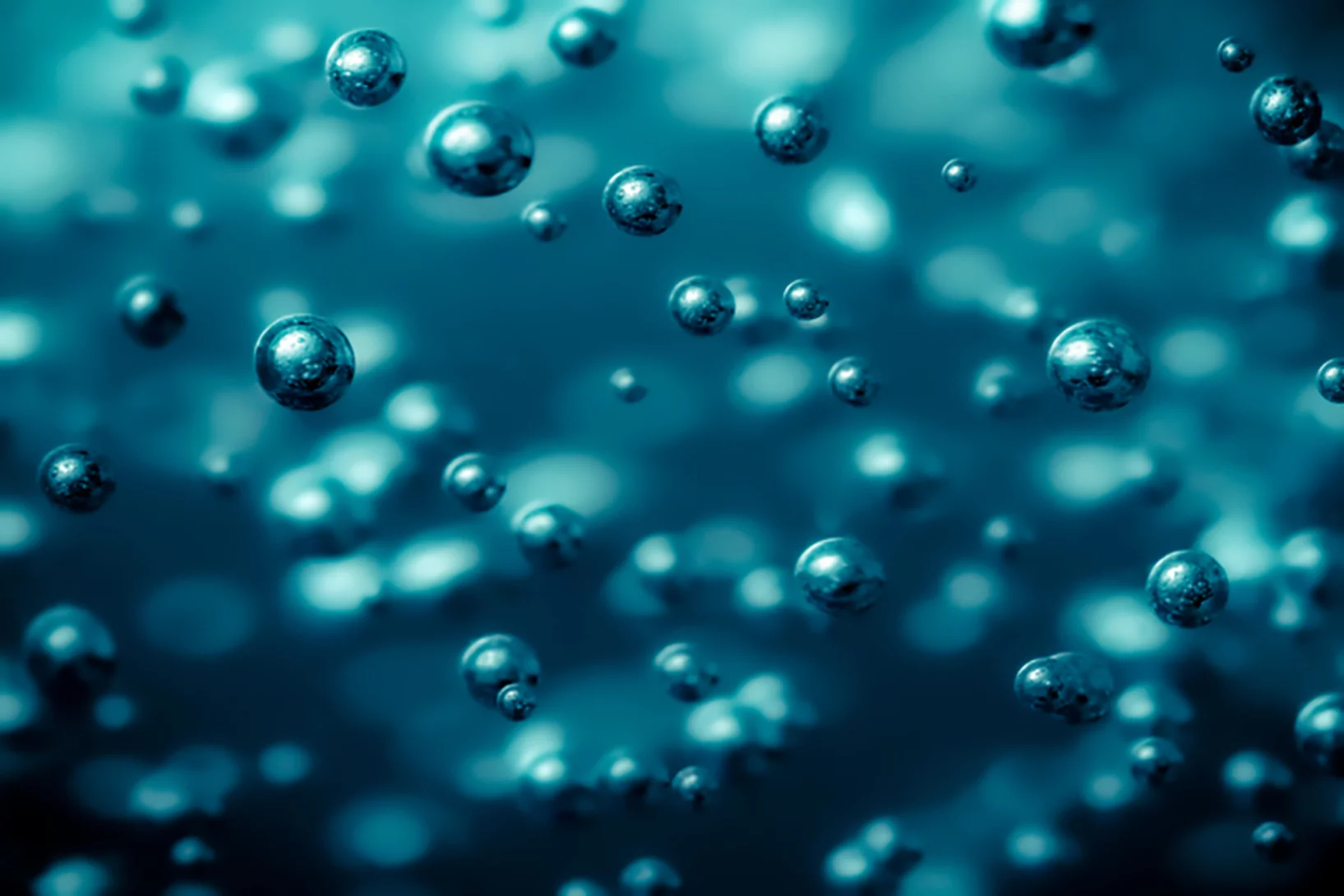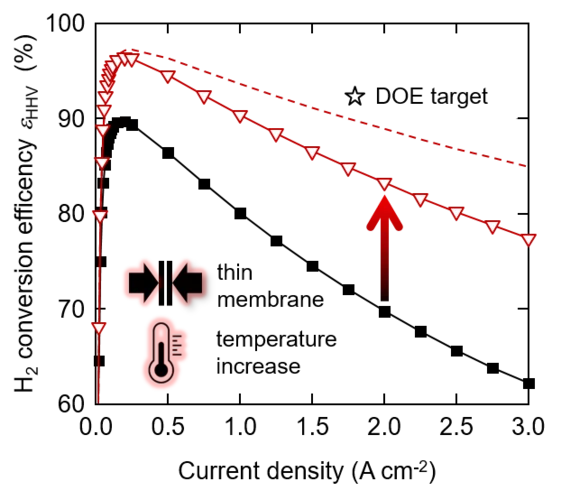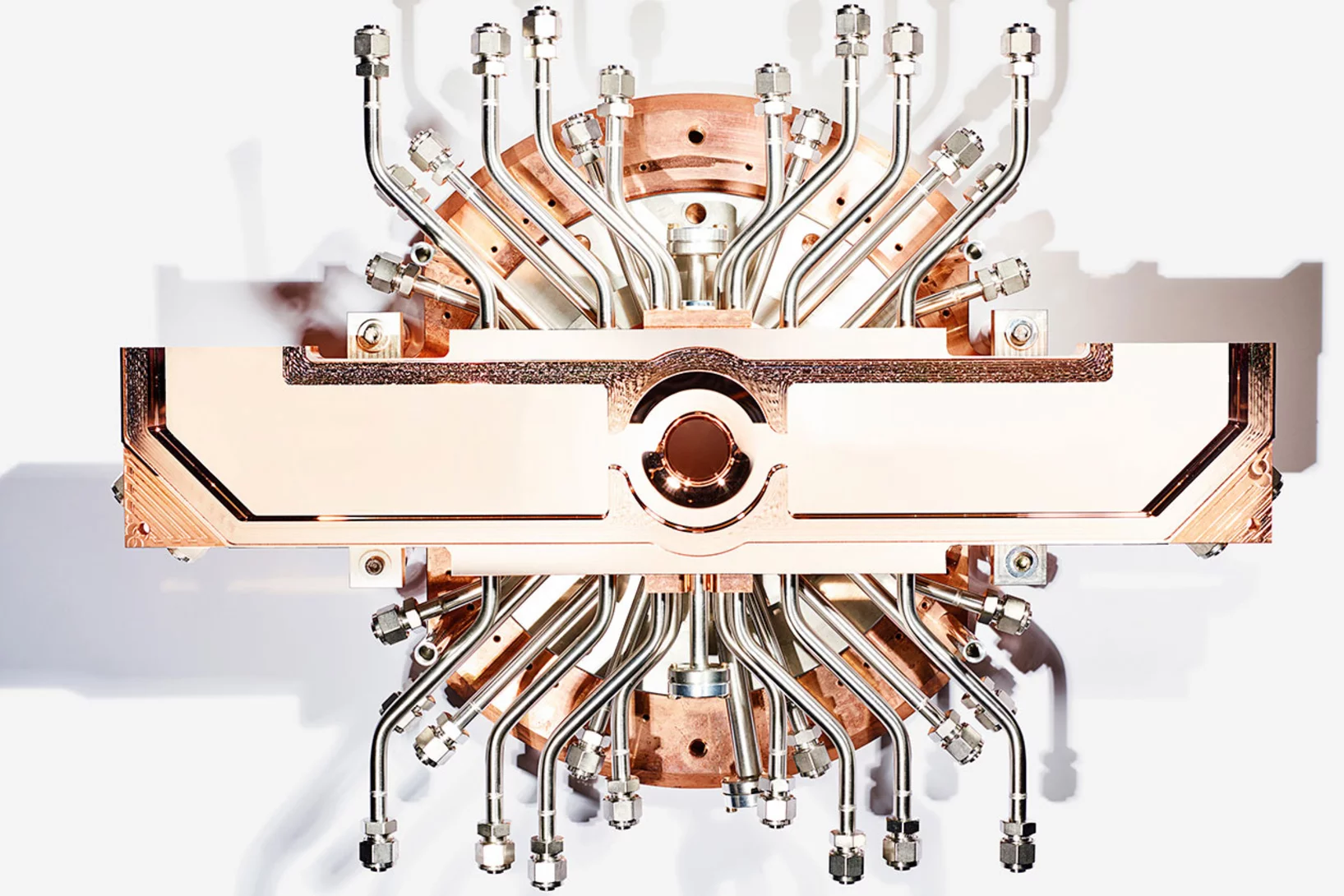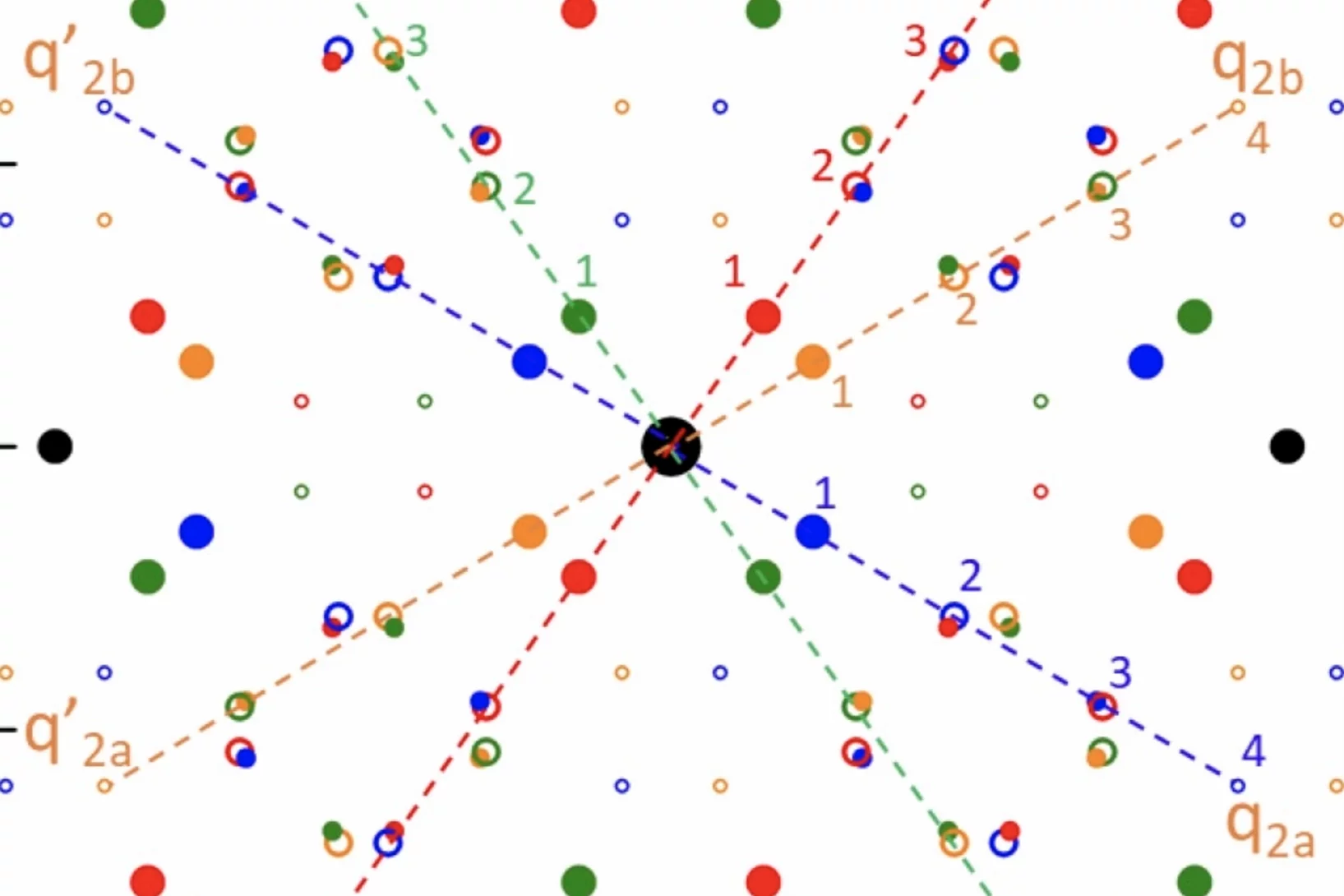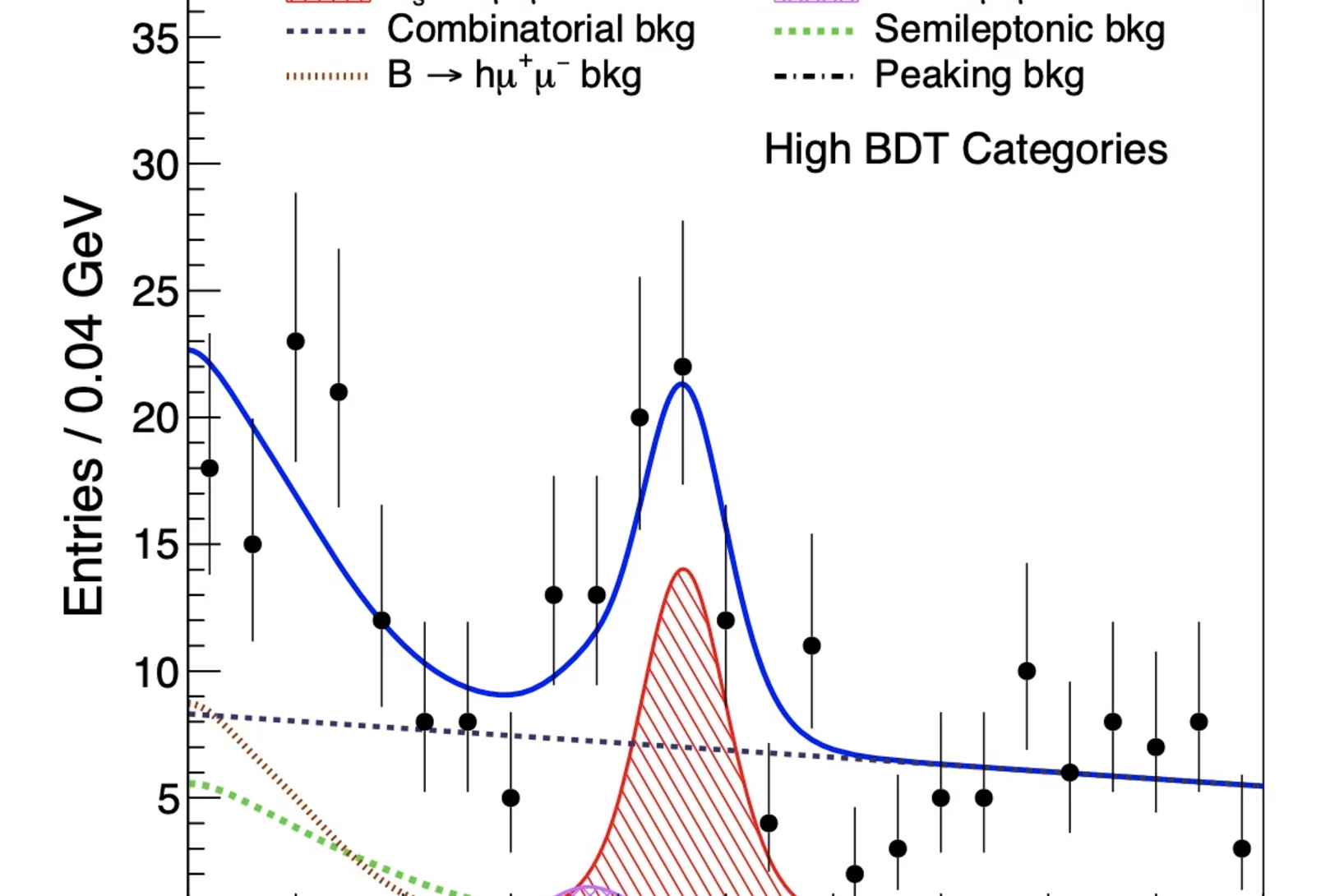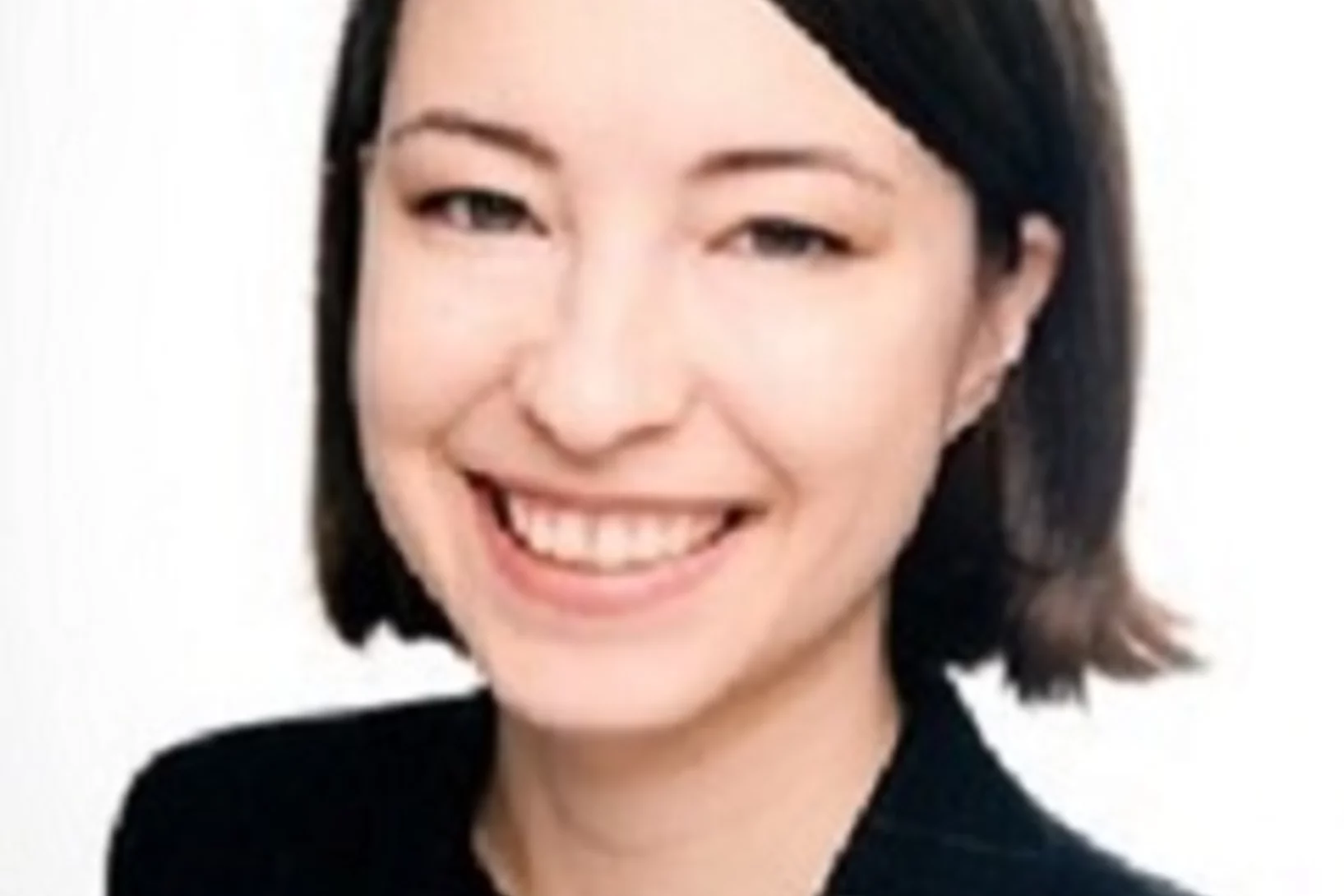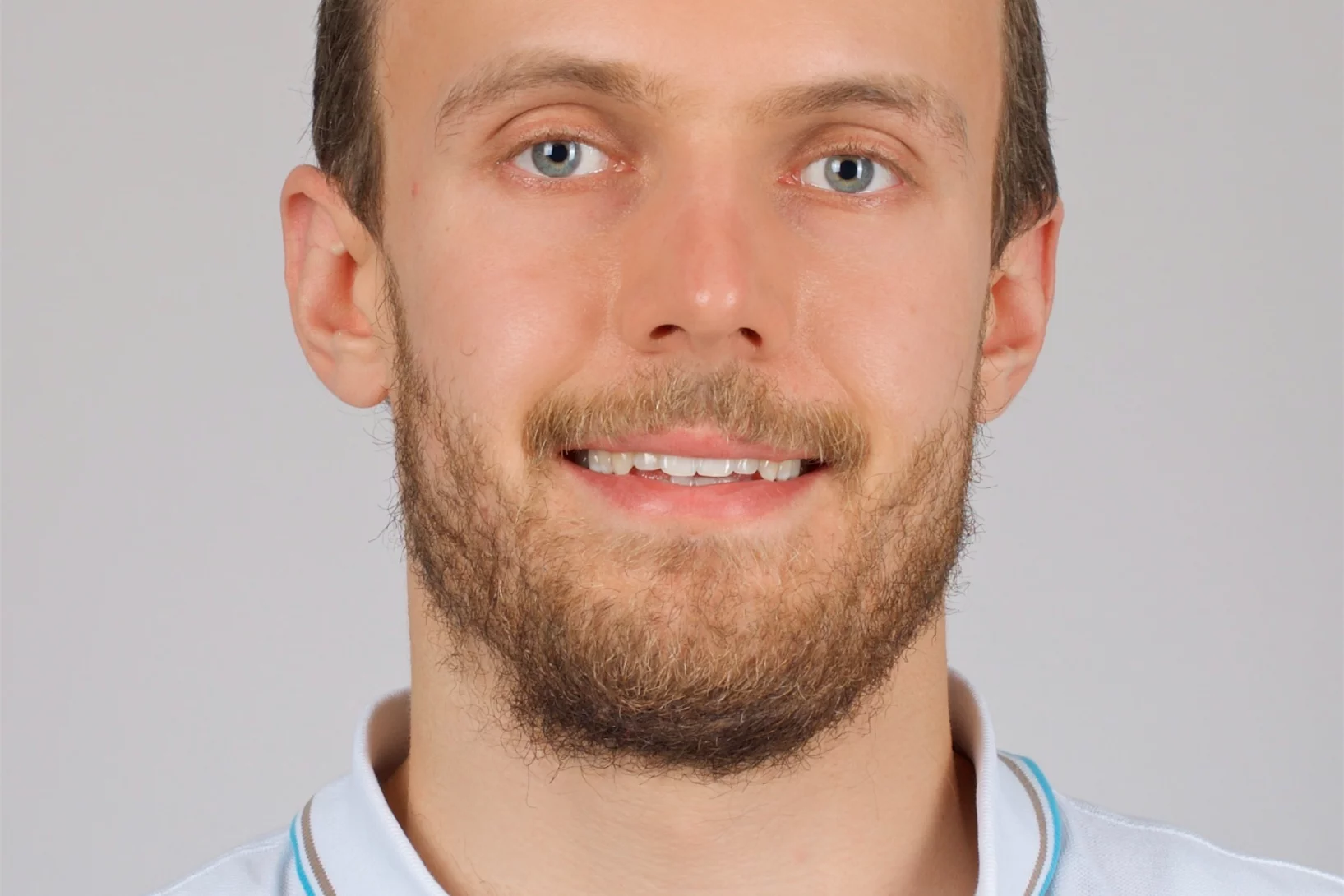Abandon de l’énergie nucléaire, développement de l’énergie solaire et éolienne, production d’énergie à partir de la biomasse, réduction de la consommation d’énergie. D’ici 2050, la Suisse doit atteindre la neutralité climatique. Un objectif ambitieux, rendu plus urgent que jamais par une situation géopolitique de plus en plus difficile. Comment faire pour mettre en place ces prochaines années un approvisionnement énergétique durable et résistant pour la Suisse? Comment les énergies renouvelables peuvent-elles être utilisées de manière optimale? Quelles sont les nouvelles technologies les plus prometteuses? Au PSI, des chercheurs s’efforcent de trouver des réponses à ces questions décisives.
Clocking the movement of electrons inside an atom
Scientists pioneer an approach called self-referenced streaking, clocking Auger electrons with sub-femtosecond resolution. The breakthrough will unlock the broader potential for attosecond time resolution at X-ray free-electron lasers.
Novel X-band transverse deflection structure with variable polarization
The growing request for sophisticated electron beam manipulation techniques for the optimization of Free Electron Lasers (FELs) or novel acceleration techniques requires enhanced beam control capabilities and characterization. One of the most important challenge is the development of new diagnostic techniques able to characterize the longitudinal phase space of the beam, including spatial correlation terms, with a resolution in the range of a few tens of fs to sub-fs.
XPS allows in situ investigation of the solid-gas interface during a catalytic reaction
Platinum isolated atoms and clusters supported on molybdenum carbide have been characterized in situ by means of photoelectron spectroscopy. The presence of both species is essential to favor the stability, so that the catalysts displays high metal-normalized turnover number of 4,300,000 moles of hydrogen per mole of platinum during the water gas shift reaction.
Size of helium nucleus measured more precisely than ever before
In experiments at the Paul Scherrer Institute PSI, an international research collaboration has measured the radius of the atomic nucleus of helium five times more precisely than ever before. The researchers are publishing their results today in the journal Nature.
La taille du noyau d’hélium a été mesurée avec une précision inégalée
Dans le cadre d’expériences conduites à l’Institut Paul Scherrer PSI, une collaboration internationale de recherche a mesuré le rayon du noyau de l’atome d’hélium de manière cinq fois plus précise que tous les chercheurs avant elle. Ce nouveau résultat permet de tester certaines théories fondamentales en physique.
The dynamics of overlayer formation on catalyst nanoparticles and strong metal-support interaction
The editors at Nature Communications have put together an Editors’ Highlights webpage of recent research called “Catalysis” and chose to feature Arik Beck's et al. article, entitled “The dynamics of overlayer formation on catalyst nanoparticles and strong metal-support interaction”.
Berufsberatung.ch
Das offizielle schweizerische Informationsportal der Berufs-, Studien- und Laufbahnberatung. (www.berufsberatung.ch)
Informatik und Mediamatik (ICT) ist einer von vielen Bildungsthemen.
Welche Laufbahnwege gibt es? Welche Berufspositionen können angestrebt werden? Welche Weiterbildungen führen dahin?
Status of SLS and SwissFEL
Please find some relevant updated information on the following topics:
- COVID-19 call continues and is still open in 2022
- SLS 24/7 with external users on site
- We are dedicated to education - Travel and safety considerations for your beamtime
- Remote access
- Current travel information of the Federal Office of Public Health
- Green Light for the SLS 2.0 upgrade
- ATHOS entering pilot operation
Nouveau plan de construction pour des ordinateurs quantiques plus stables
Des chercheurs du PSI ont montré comment des bits quantiques plus rapides et plus précis peuvent être créés. Leurs idée centrale est d'introduire de manière ciblée des atomes magnétiques de la classe des terres rares dans le réseau cristallin d’un matériau.
SLS and SwissFEL Backlog Policy
Both you as users of our facilities and the teams operating the beamlines, and end-stations require planning reliability for conducting challenging experiments. Therefore, we schedule beamtime half a year ahead of time. During a pandemic, re-scheduling can sometimes not be avoided. However, if beamtime has been granted more than a year ago by the PRC, then both the principal investigator and the PRC should re-check if the proposed project is still up-to-date. Therefore, we introduce the 'maximum one chance to reschedule accepted beamtime due to pandemic' policy for all beamtime scheduled from 2021 onwards.
PUBLISHED IN NATURE: A stable low-temperature H2-production catalyst by crowding Pt on α-MoC
Platinum isolated atoms and clusters supported on molybdenum carbide have been extensively characterized. The presence of both species is essential to boost the stability, so that the catalysts displays high metal-normalized turnover number of 4,300,000 moles of hydrogen per mole of platinum
XRnanotech: une entreprise prend son envol!
XRnanotech, la dernière entreprise dérivée du PSI, travaille sur l'optique des rayons X nanostructurés qui rendent visibles les plus petites pièces - le nanomonde. Fondée il y a seulement quelques mois, la start-up a déjà de nombreux succès à son actif et est déjà en pourparlers avec ses premiers clients et investisseurs.
Magnetically shielded from the rest of the world
The shielding room in which the n2EDM experiment is expected to clarify whether the neutron has a measurable electric dipole moment or not.
(Photo: Paul Scherrer Institute/Markus Fischer)
Des chercheurs sportifs
En science et dans la recherche, il faut faire preuve d’endurance, de courage, de combativité et surtout de curiosité. Des qualités également indispensables dans le domaine du sport – qu’il s’agisse de faire de la compétition ou de pratiquer une activité physique pour la santé et le bien-être.
PSI Thesis Medal 2021 for pioneering Structural Biology at SwissFEL
Dr. Petr Skopintsev received PSI Thesis Medal 2021 for his work on the sodium pump KR2.
New group member
Alexander Steppke officially joins the Quantum Technologies group as project coordinator for the collaboration of the Cristallina-Q team and the Laboratory of Quantum Matter (LQM) of Prof. Johan Chang at the University of Zurich (UZH).
Clocking the movement of electrons inside an atom
Scientists pioneer an approach called self-referenced streaking, clocking Auger electrons with sub-femtosecond resolution. The breakthrough will unlock the broader potential for attosecond time resolution at X-ray free-electron lasers
Isolé du monde par blindage magnétique
A l’Institut Paul Scherrer PSI, des chercheurs ont construit une chambre magnétiquement isolée du reste du monde dont les performances sont uniques au niveau planétaire. Leur objectif est de résoudre l’une des dernières énigmes sur l’origine de la matière et de répondre à la question fondamentale: pourquoi la matière, et par conséquent l’homme, existent-ils au sein de l’univers?
SLS 2.0 approved - TOMCAT 2.0 cleared for takeoff!
In December 2020 the Swiss parliament approved the Swiss Dispatch on Promotion of Education, Research and Innovation (ERI) for 2021 to 2024 which includes funding for the planned SLS 2.0 upgrade. The new machine will lead to significantly increased brightness, thus providing a firm basis for keeping the SLS and its beamlines state-of-the-art for the decades to come. The TOMCAT crew is very excited that the TOMCAT 2.0 plans (deployment of the S- and I-TOMCAT branches, see SLS 2.0 CDR, p. 353ff) have been included in the Phase-I beamline upgrade portfolio. These beamlines will receive first light right after the commissioning of the SLS 2.0 machine around mid 2025. A first milestone towards this goal has just been achieved, with the successful installation of the S-TOMCAT optics hutch during W1 of 2021. The TOMCAT scientific and technical staff would like to thank Mr. Nolte and his Innospec crew for delivering perfectly on schedule.
SLS 2.0 approved - TOMCAT 2.0 cleared for takeoff!
In December 2020 the Swiss parliament approved the Swiss Dispatch on Promotion of Education, Research and Innovation (ERI) for 2021 to 2024 which includes funding for the planned SLS 2.0 upgrade. The new machine will lead to significantly increased brightness, thus providing a firm basis for keeping the SLS and its beamlines state-of-the-art for the decades to come. The TOMCAT crew is very excited that the TOMCAT 2.0 plans (deployment of the S- and I-TOMCAT branches, see SLS 2.0 CDR, p. 353ff) have been included in the Phase-I beamline upgrade portfolio. These beamlines will receive first light right after the commissioning of the SLS 2.0 machine around mid 2025. A first milestone towards this goal has just been achieved, with the successful installation of the S-TOMCAT optics hutch during W1 of 2021. The TOMCAT scientific and technical staff would like to thank Mr. Nolte and his Innospec crew for delivering perfectly on schedule.
Muon rakers bring particles into line
Muons can be created through collisions between protons and nuclei, but need to be controlled in order to be useful.
Cutting the cost of splitting water
Hydrogen can be extracted from water and stored as fuel. But the world needs better catalysts to make this process sustainable and affordable.
Efficient Water Electrolysis at Elevated Temperature using Commercial Cell Components
Decarbonization of the energy system across different sectors using power-to-X concepts relies heavily on the availability of low-cost hydrogen produced from renewable power by water electrolysis. Polymer electrolyte water electrolysis (PEWE) is a promising technology for hydrogen (and oxygen) production for distributed as a well as centralized operation. The total cost of hydrogen is dominated by the electricity cost. Therefore, increase of conversion efficiency is pivotal in improving the commercial viability of electrolytically produced hydrogen. In this study, we investigate the prospects of improving conversion efficiency by reducing the membrane thickness from 200 to 50 micron and increasing the cell temperature from 60 to 120°C.
L'art de l'ingénierie
L'art de l'ingénierie désigne ici avant tout l'art de concevoir et de fabriquer des dispositifs qui rendent possible l'excellence technique. Cette galerie montre en cinq images que ce terme peut également être compris d'une autre manière, si l'on considère les appareils détachés de leur fonction réelle comme des œuvres d'art ayant une esthétique qui leur est propre.
Interdependent scaling of long-range oxygen and magnetic ordering in nonstoichiometric Nd2NiO4.10
The interplay between oxygen and spin ordering for the low oxygen doped Nd2NiO4.10 has been investigated by single-crystal neutron diffraction. We find a coexistence of the magnetic order below TN with the 3D ordering of excess oxygen atoms, which has not been previously observed for the homologous nickelates. Moreover, the magnetic ordering modulation vectors are no longer independent and exactly follow the modulation vectors of the oxygen ordering.
Results on BS0 →μ+μ- decays with the CMS experiment
Results are reported on BS0 →μ+μ- decays using 61 fb-1 of proton-proton collision data obtained in 2011-2016 with the CMS experiment at the LHC (CERN). In the standard model (SM) of particle physics this decay can be precisely calculated with small theoretical uncertainties, making it an excellent probe for testing the limits of the SM. The branching fraction BF(BS0 →μ+μ-)=(2.9 ± 0.7) x 10-9 is measured with a statistical significance of 5.6 standard deviations. In addition, the effective lifetime of this decay is measured as 𝜏𝜇𝜇=1.70+0.61−0.44
ps. Both results are in good agreement with the SM prediction. In comparison to the previous analysis, a much improved muon identification algorithm significantly increased the purity and strongly reduced the background. As a consequence, the measurement of BF(B0 →μ+μ-) < 3.6 x 10-10 at 95% CL is no longer in tension to the SM, but fully compatible with it.
New group member
Iuliia Bykova officially joins the group X-ray Optics and Applications as Post-Doc. We wish her every success.
X+N call open
The annual call for proposals for both SINQ and for SLS powder diffraction proposals is open! Submission deadline will be February 26th - 04:00 pm (CET)-
Welcome Anthony Boucly
Anthony started working at Paul Scherrer Institute (PSI) in January 2018 as a PostDoc within an internal project shared between the Electrochemistry Laboratory and the Laboratory of Environmental Chemistry at PSI. He worked on 2D LSCO electrodes for the in situ investigation of oxygen evolution reaction and on the interaction of ferryhydrite samples with acidic trace gases. His main expertise is ambient pressure photoelectron spectroscopy and he will work on the in situ investigation of methane oxidation on PtPd size- and composition-selected nanoparticles supported on different oxides.
Welcome Andreas Brenig
Andreas started in January as a PhD student in the van Bokhoven group. Andreas did his master thesis at the Technical University of Munich, TUM, under the supervision of Prof. Johannes Lercher. The title of Andreas’ thesis was “Kinetic modelling and characterization of bifunctional metal-acid catalysts for renewable diesel generation via deoxygenation”.

